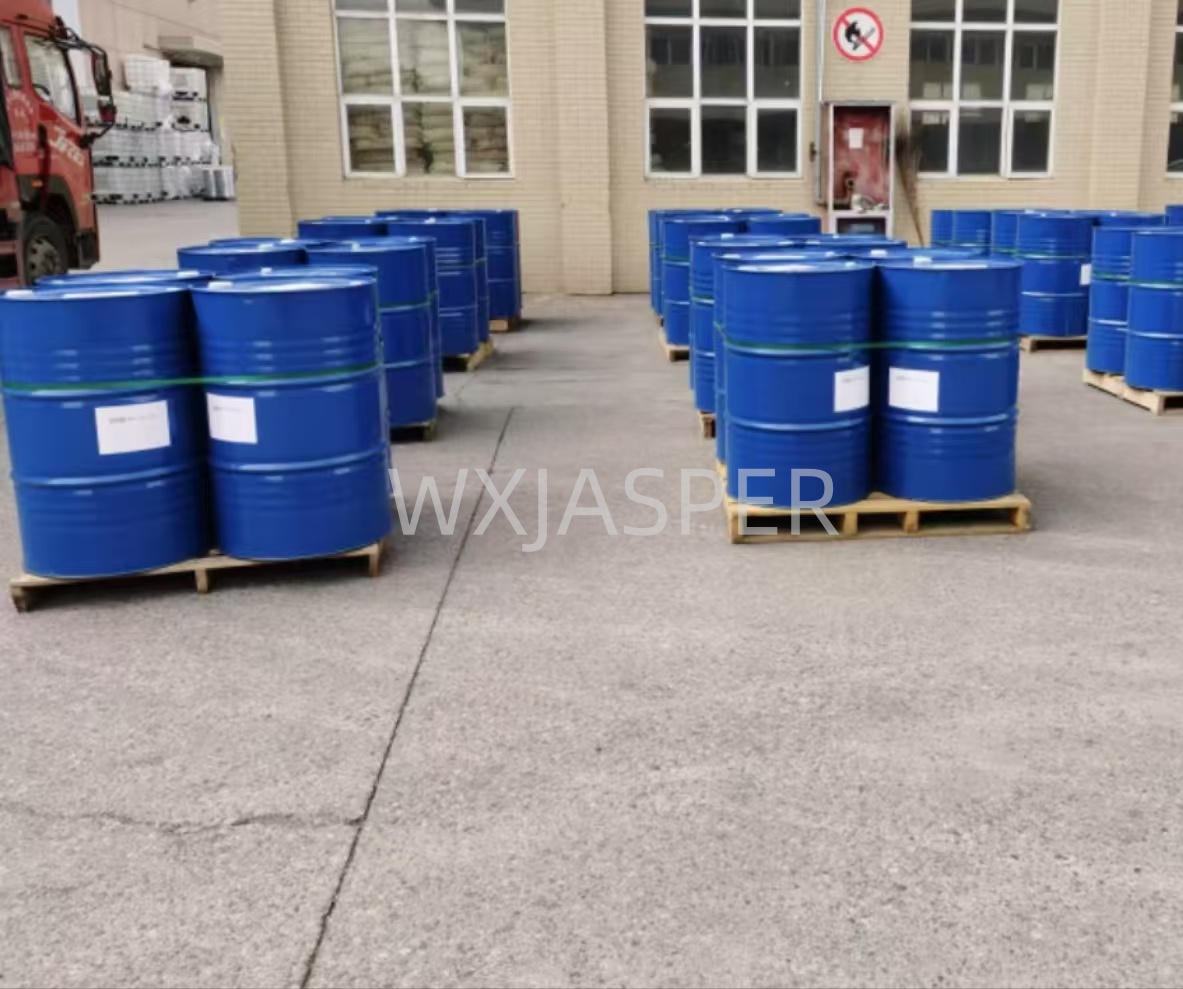Your Location:Home > Products > Solvents > Dimethyl phthalate



CasNo: 131-11-3
MF: C10H10O4
Appearance: liquid
Delivery Time: 15 days
Packing: 200kg/drum
Purity: 99.5%
Basic Information
|
Model NO. |
131-11-3 |
EINECS |
205-011-6 |
|
Color |
Colorless |
Appearance |
Liquid |
|
Sample |
Available |
Purity |
99.5% |
|
Grade Standard |
Industrial Grade |
Specification |
200kg/drum |
|
Transport Package |
Drum |
Origin |
China |
Product Description
Product Name:Dimethyl phthalate
CAS No: 131-11-3
EINECS No.:205-011-6
Form: Liquid
Product Application
1.Extensively used as solvent for producing methyl-ethyl ketone peroxide,flurocontaining anticorrosive coatings.
2.Plasticizer for resins of cellulose acetate.
3.Ingredient of mosquito-expellant,intermediate for organic synthesis etc.
Packaging
200Kg/drum
Storage
It should be stored in a cool, dry and ventilated place, and isolated from substances that are incompatible with it3. During transportation, it should be in accordance with the relevant regulations for hazardous chemicals, avoiding collision and high - temperature environment.